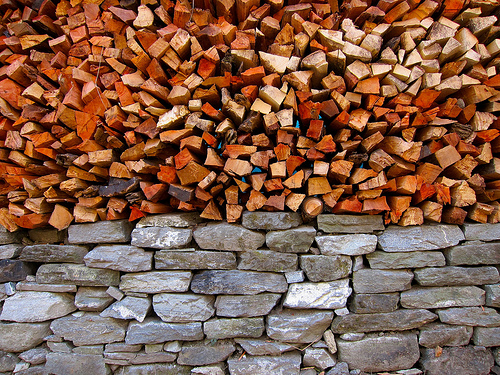Posts Tagged ‘Warmth’
Suburban Homesteading – One, Two, Three
Three Easy Steps To Get You Started – Homesteading In Suburbia
Part One of a Three Part Series
Starting a suburban homestead can be a daunting task, not to mention gleaning through the mounds of information and trying to scale it down to meet the needs of your suburban homestead. With this in mind, Suburban Homesteading – One, Two, Three will lay out the basic steps for turning your suburban home into a productive homestead.
During the homesteading era of the 1800’s, a family’s primary concerns were to provide shelter, warmth, food and water. But for the modern day suburban homesteader, these are either already provided through the home (i.e. heat and water) or easily accessible as in the case of food from a grocery or big-box store. So, homesteading becomes a choice rather than a necessity. Even though you have time to think about what you want to do as a suburban homesteader, there are still practical steps each family should take. And the first step to take is to PLAN.
STEP ONE – Having the Family Discussion
If you’ve been thinking about turning your humble suburban lot into a thriving, productive “mini-farm,” discuss it with your family first…kids included. It’s difficult to homestead alone, and without the family’s “buy-in,” it can be an uphill struggle.
Talk about the kind of homestead you want to have and how self-sufficient you want to become.
The most important step in a successful homestead that doesn’t overwhelm you is “THE PLAN”. Since this is the beginning stage of the plan, dream big and list everything you want to do, be and have. Don’t worry about having enough space or buying the right supplies, there are plenty of people who grow food on apartment balconies or on condo patios.
Reality will set in soon enough – forcing you to scale down your plans and be a bit more realistic. But, for now, the sky’s the limit.
To help get you talking about the possibilities a sampling of questions you and your family will want talk about is below. As you go through this process, more questions may come to mind. Include any of your own questions along with the answers to the list that is provided. This is by no means all the questions that should be asked. They’re provided just to get you thinking.
The answers to some of these questions will depend on the amount of time and effort you want to dedicate, and can dedicate to your homesteading venture.
Be sure to write down your answers so you’ll have them for future steps in the process. Read the rest of the story »



Recent comments
Aenean nonummy hendrerit mauris. Phasellus porta.